We cast our gaze into the future and predict what hardware releases await us in the coming year.
There’s no denying it: 2020 was a rough year. COVID-19 cast a long, cold shadow over almost everything we did. If there was one bright spot, it was the gear. With so many people staying home, hardware sales were brisk, and manufacturers continued to release solid products to keep up with demand.
But we’re not here to dwell on the past. Today, let’s look to the future and speculate at what music-making hardware 2021 will bring. Synthesizers, samplers, grooveboxes, modular, and DJ gear—we predict what we think manufacturers will be giving us next.
Think we missed something or got it wrong? Let us know your predictions in the comments below.
Synthesizers
It’s a strange time for hardware synthesizers. Much like in the late ‘80s, it’s a period of transition. While analogue continues to sell, thanks in no small part to the never-ending parade of remakes from Behringer, major manufacturers seem to be making the switch to digital. This past year saw plenty of high-profile digital hardware synths from Korg, Waldorf, and others, but there was no one dominating type of synthesis that we can point to and say, “this is the future”. FM, virtual analogue, PCM, wavetable, they’ve all been represented recently in major releases.
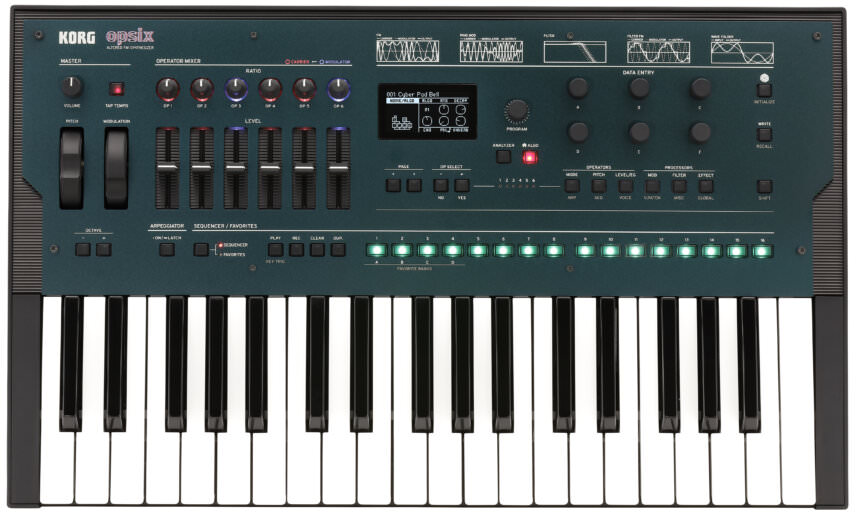
When we spoke to instrument designer Tatusya Takahashi in October this year, we asked him what the next big form of synthesis will be. “I’m trying to figure that out with my team!” he answered. “I honestly don’t know”. While it’s very possible he and his R&D team at Korg Germany are hard at work trying to answer this very question now, it’s hard to guess exactly what it will be. We’ve been predicting a PCM renaissance for a few years now—Roland’s JV-1080 and JV-2080 are ripe for the Boutique treatment—but as for the next big thing, our Magic 8-Ball says, “Can’t predict now”.
Speaking of Korg, we think it’s safe to say that the company will not be releasing much more analogue gear. While the MS-20 FS was a welcome sight this year, it feels like the end of an era. Also, the company’s focus lately does seem to be digital. However, if any of the big three Japanese synthesizer companies are going to push the envelope next year, it will likely be Korg. It’s never been Yamaha’s style, and Roland seem happy miniaturizing their legacy products. Korg continue to be privately held, meaning they’re free to go where inspiration strikes. Our prediction then for Korg: physical modelling. It’s never really had its day in the sun and the time is a right for a complex and user-friendly physical modelling hardware synth. Perhaps in the same opsix/Wavestate chassis?
Modular will also continue to exert a strong influence on synthesizer architecture, as it has for the past half-decade or so. Many of the recent advances in synthesis, such as wavefolding and more experimental modulation possibilities, first gained traction in the world of modular. As with granular and physical modelling making it to Waldorf’s Iridium, and Arturia’s MicroFreak containing Mutable Instruments’ open-source Plaits oscillator, we fully expect to see this trend continue in 2021.
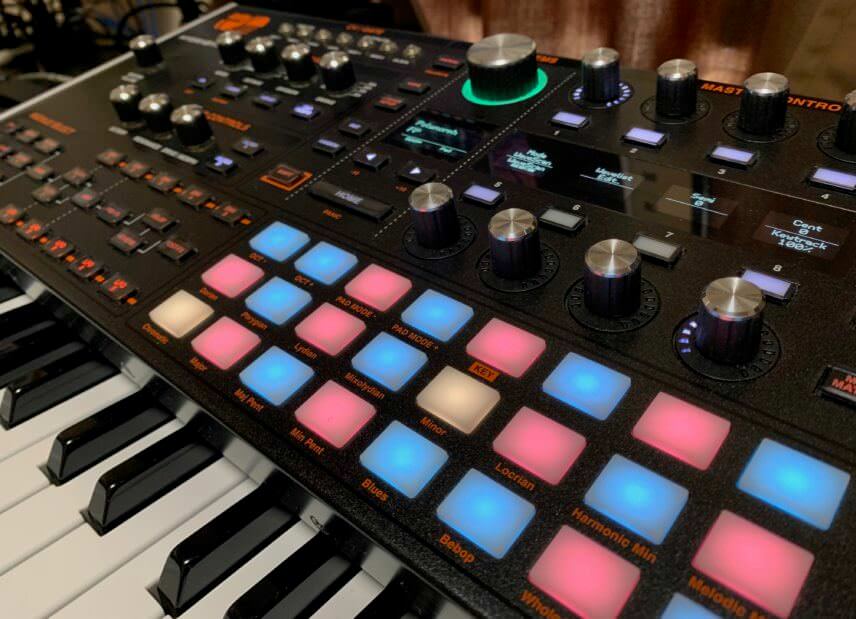
Artificial intelligence is also poised to make big headways into hardware instruments. It’s been used in unique and surprising ways in plugins as of late, and there’s no reason that this can’t also inform hardware synthesis design. It’s a brave new world and it’s high time hardware joined the revolution.
Lastly, we’d love to see plugin synths make the jump into the real world, like a reverse Tron. Or at least inspire some metal box versions. Newfangled Audio’s Generate is a perfect example of a forward-thinking soft synth that would be most welcome in physical form. Its chaos-based oscillators could very likely be ported over to DSP chip on a PCB.
Samplers
Korg’s Volca Sample2 was a nice update to a fun machine but what we’d really like to see is a return of the kind of dedicated hardware samplers that ruled the music world in the late ’80s and early ’90s. With renewed interest in early jungle and making music with old Akais, the time is right for a full-on sampler revival.
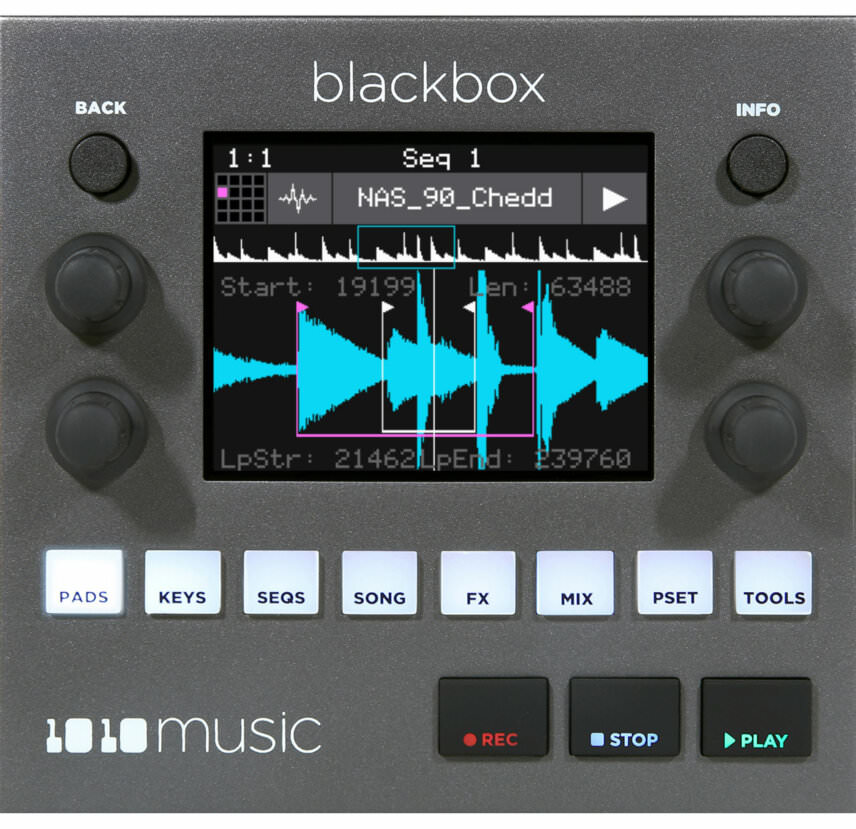
Rackmount units won’t fly in the 21st century but desktop boxes certainly will. 1010music are on the right track with their Blackbox, a small desktop sampler that records directly to microSD card. Elektron have also impressed with the Digitakt and Octatrak MKII. Polyend’s Tracker also makes extensive use of samples. These are superb machines but they feel more like grooveboxes to us, and there’s clearly room in the market for affordable, dedicated samplers.
We’d love to see Akai Professional revisit its classic S-series samplers but in new, 21st century-friendly housings. Akai, give us some dedicated tabletop hardware samplers. Sure, a lot of these functions are available already in the MPC range but it would be great to have them in a simple, easy-to-use box. Make them affordable. Throw in some quick beat-slicing functionality. Just make sure to include the S900 timestretch algorithm and a variety of crunchy sample rates. The world is ready.
Grooveboxes
This year, the market for the standalone production studio a.k.a. the groovebox heated up considerably thanks to the arrival of Native Instruments’ Maschine+. Next year, we predict that NI will begin to offer the Maschine+ with different specs, like Apple does with its Macs and iPads. Need more storage, a faster CPU and a touch screen? There will be a premium model for that. Just need something to sketch out ideas without all the firepower? There will be a budget model for that. Akai Professional already has different standalone MPCs, like the MPC Live II and MPC One. It just makes sense.
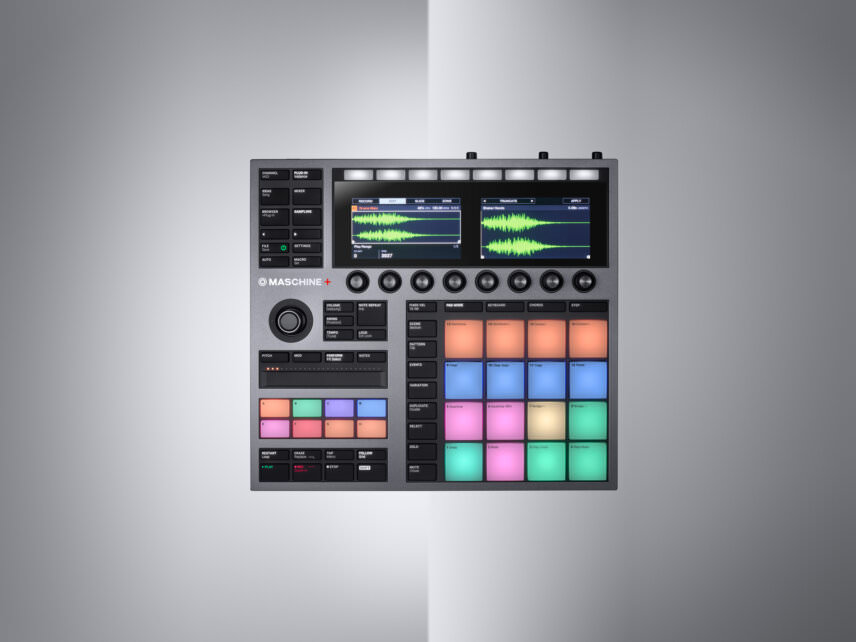
And speaking of Akai Professional, the MPC series continued to evolve this year with the inclusion of DrumSynth, a drum synthesis plugin. This is a solid step forward but clearly, the next step is some kind of VST integration. Feeling the pressure from Maschine+ and its ability to load Native Instruments plugins, we see third-party plugins coming in some fashion to the MPC ecosystem. Akai have already made plenty of advancements with the MPC series (touchscreens, a DAW, plenty of connectivity including CV and gate). This is the logical next step.
Next, we’d love to see Dreadbox release an analogue groovebox. It could combine the synth and effects engines from the Typhon with analogue drums. They could even partner with another boutique company like Polyend for the sequencer.
Elektron is also overdue for another Model model. How about the Model:Rytm, based on the Analog Rytm?
Modular
Eurorack is at something of a crossroads now. On the one hand, there’s a movement of democratization happening, with affordable modules being released by Dreadbox and Behringer, the latter also now making cases. This trend will continue as more and more new users get on board the modular train.
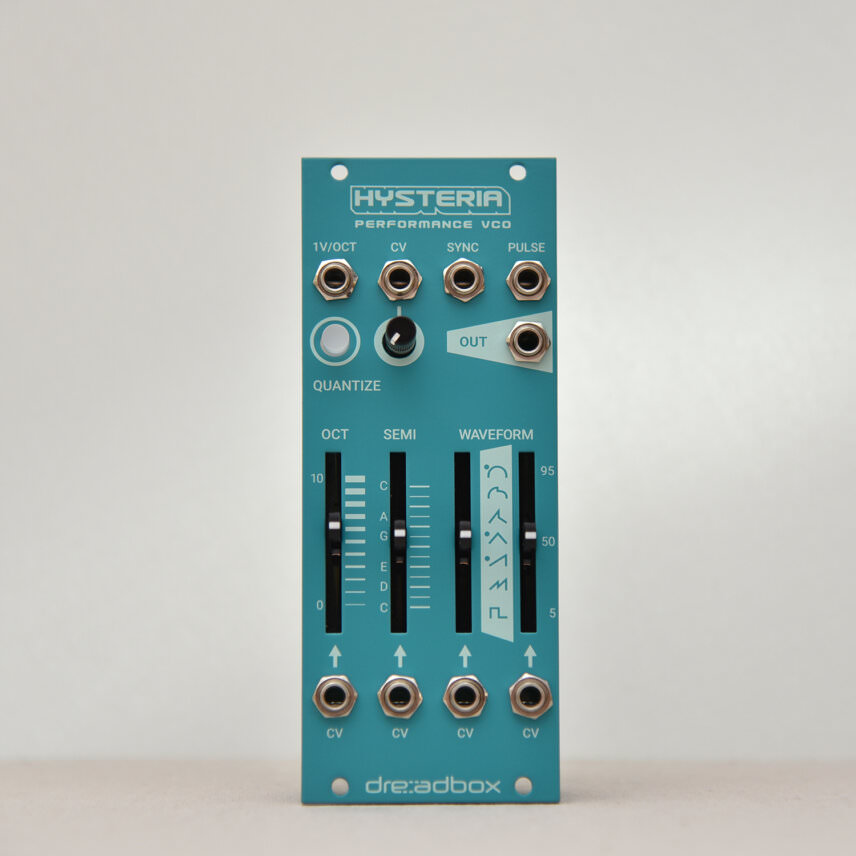
On the other hand, we’ll see more complex modules, much like this year’s 4ms Ensemble Oscillator. Not everyone is excited about this turn of events though, as our Eurorack correspondent, Darren Selement, explained:
As far as a module I’m looking forward to and hoping it appears next year: the Three Body by Schlappi Engineering. I spoke to Schlappi Engineering’s Eric Schlappi, and he said to me, “The future of modular is bright, though very strange. There is a lot to gain with these high-tech multifunction modules but a lot to lose in terms of exploration on a low cellular level. I would like to advance on both fronts at once, providing pure experimentation from the basic concepts as well as access to higher-level functions. Without such a feeling of experimentation modular would not hold much interest for me”.
Lastly, we see sequencer (both modules and standalone) continuing to be popular, with more robust options encouraging deeper generative and random sequences. The Deluge from Synthstrom Audible continues to be popular and Korg have recently released the SQ-64. Keep an eye out for more along these lines.
DJ Gear
Streaming will be the next big thing, with DJs no longer needing to carry around USBs of files. It’s already here of course but it has yet to catch on big. Thanks to ecosystems like Denon DJ’s Engine OS, which allows streaming via Beatport Link, SoundCloud and Tidal, DJs already have access to literally millions of songs. As built-in wifi in DJ players becomes standard and as more DJ booths and clubs incorporate routers, this will become the default.
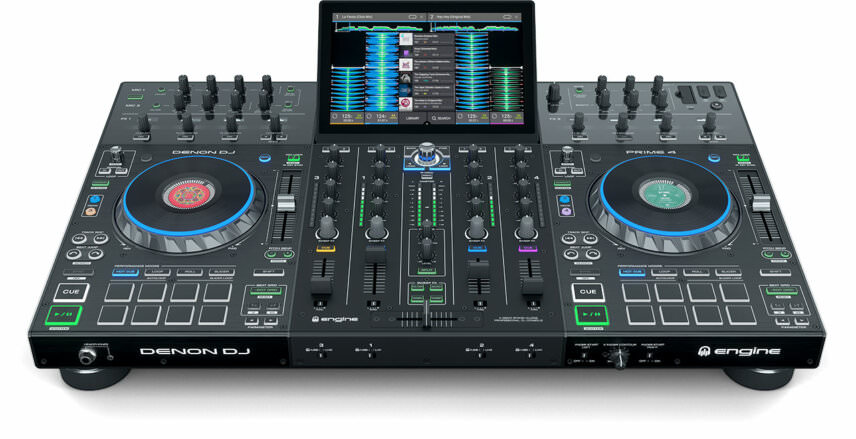
DJ gear will also continue to incorporate more creative, music-production like functionality, further blurring the line between playback and production. This year’s Pioneer DJ CDJ-3000 featured key shift, which allows you to change the key of an entire track to fit your mix. Although it’s a few years old now, the company’s DJS-1000 also includes the Toraiz SP-16 sample engine. As with our prediction for Akai Professional’s MPC series, the next generation of DJ players will likely incorporate plugins of some kind. Beatport did recently acquire Plugin Boutique, after all, and there’s no reason why they can’t add third-party effects to the already impressive included ones.
On the lifestyles side of things, we don’t necessarily want to see it but it’s coming. Streaming services like Spotify could soon offer DJ templates—playlists mixed in the style of DJs like Richie Hawtin or Nina Kraviz. We’d hate to see the talents of DJs trivialized this way but you can’t stop market forces.



